
Cervical Muscle Spams Exercise Handouts
Seated cervical retraction
Step 1
The exercise can be done sitting or standing as per your preference. First, pull your head backward as if trying to make a "double chin," making sure you get to end- range. This can be progressed by using your hand to provide some overpressure.


- Repeat 8-12 times
- 3 sets in a row
- Once-daily
- 5 days a week
Supine chin Tuck
Step 1
Lie on your back.

Step 2
Without lifting your head, try to gently push the back of your neck into the mat. You will experience a stretch in the back of the neck, and if you are doing it correctly, you will see increased folds just below the chin.

- Repeat 6-8 times
- 3 sets in a row
- Once-daily
- 5 days a week
Seated levator scapulae stretch
Step 1
Sit up straight with both arms at the sides.

Step 2
Raise the right arm forwards and reach over the back with the hand grasping the right shoulder blade and applying downward pressure. (This step rotates the shoulder blade downward, which helps lengthen the levator scapulae muscle even more before it is stretched. If raising the elbow above the shoulder is too complicated at first, this step can be skipped.)

Step 3
While keeping everything else still, rotate the head to the left about 45 degrees (about halfway toward the shoulder).

Step 4
Tilt the chin downward until a good stretch is felt on the back right side of the neck. To increase the stretch further, the left hand can be brought up to the back of the head to pull down a little more gently. Hold for 30 to 60 seconds, or as tolerated.

- Repeat 8-10 times for each side
- 3 sets in a row
- Once-daily
- 5 days a week
Seated Upper Trapezius Stretch
Step 1
Begin sitting upright on a chair or exercise table and grasp the edge with one hand.

Step 2
Rotate your head up and to the side opposite of your anchored arm and slowly lean it toward your shoulder, applying pressure with one of your hands until you feel a stretch and then hold.

- Repeat 10 times for each side
- 3 sets in a row
- Once-daily
- 5 days a week
Seated cervical side benching stretch
Step 1
Sit straight on a bench or chair.

Step 2
Move your head to the right but do not rotate the neck.

Step 3
You can apply pressure by using a hand.

Step 4
Repeat the same motion towards the opposite side.
- Repeat 8-10 times
- 2 sets in a row
- Once-daily
- 5 days a week
Seated cervical rotation AROM
Step 1
Begin seated with your palm on the side of your face. Next, rotate your head to one side, and push your head gently further into rotation with your hand. Then, return to starting position.

Step 2
Repeat by rotating head to the other side.
- Repeat 8-10 times
- 3 sets in a row
- Once-daily
- 5 days a week
Cat-camel to child's pose
Step 1
The initial position must be like quadrupeds by coming on hands and feet and making sure that knees are directly under the hips while hands under the shoulder.

Step 2
Cat- Now sink your back towards the floor and at the same time lift your head up, thus making a curve in your spine and taking breathe out at the same time.

Step 3
Camel- Now, just make the opposing motion by arching your back to mimic the camel hump

Step 4
A child's pose is a restful pose in yoga, also called "Balasana" in yoga. It involves bending the knees and doing nothing for a few seconds.

- Repeat 20 times alternating between cat and camel
- 3 sets in a row
- Once-daily
- 5 days a week
Sternocleidomastoid stretch
Step 1
Find your Sternocleidomastoid muscle and lightly nip it down with 2 fingers – Right where your clavicle is. To locate the SCM, just turn your head to one side and then bring your head forward. The SCM muscle would pop out. This muscle runs from the clavicle to the Mastoid process (just behind your ear).

Step 2
Put the other hand on the opposite side of your head and bring your ear down to the shoulder. Make sure you keep holding your SCM on the clavicle with your other hand (with 2 fingers) to increase the stretch.

Step 3
Next, tilt the head up to look at the ceiling and use your hand to pull your head back and side to intensify the stretch.

- Repeat 4-6 times each for each side
- 3 sets in a row
- Once-daily
- 5 days a week

Wisler Saint-Vil, MD
Sports Medicine Physician
Marietta Memorial Sports Medicine
department medical director
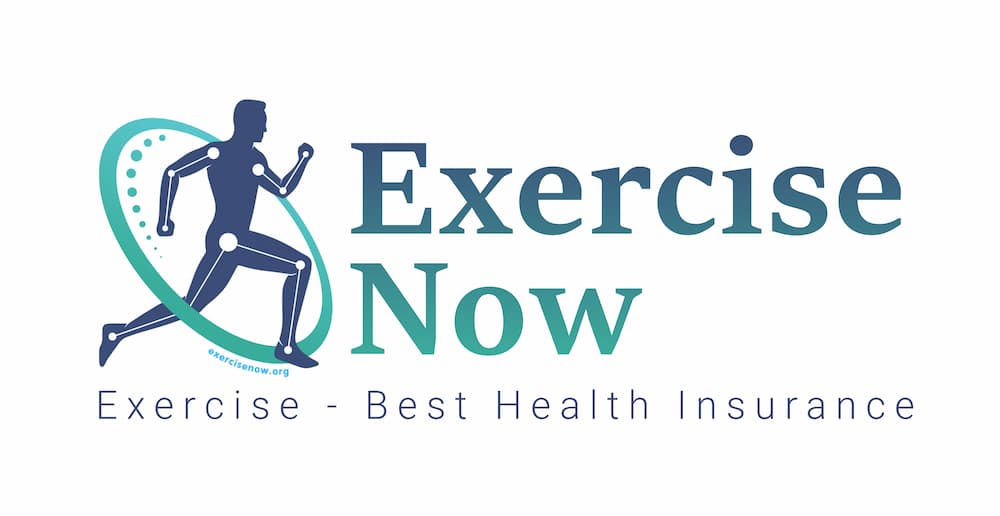


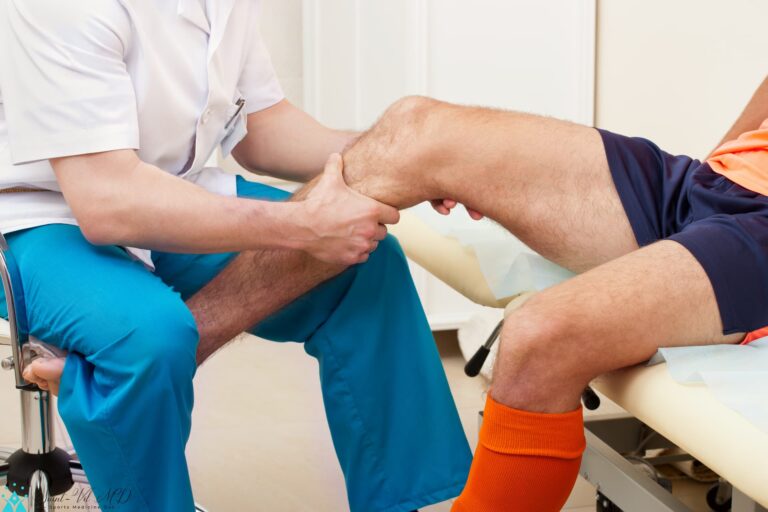

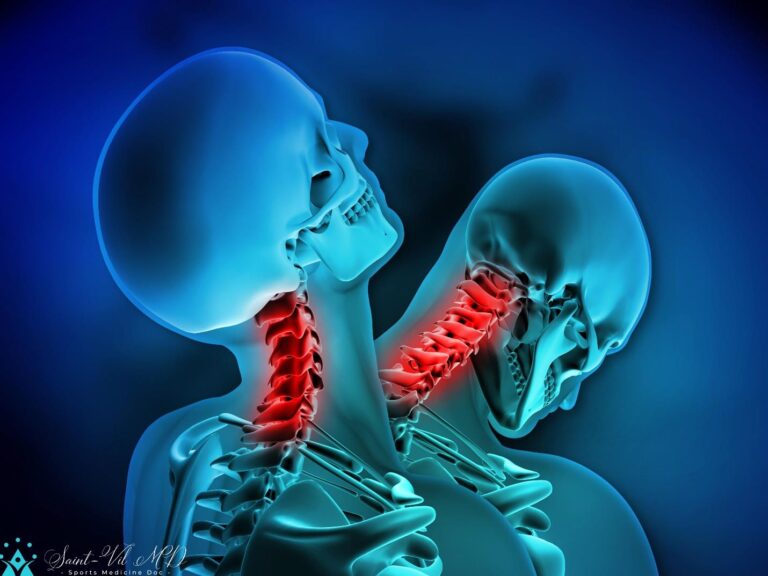
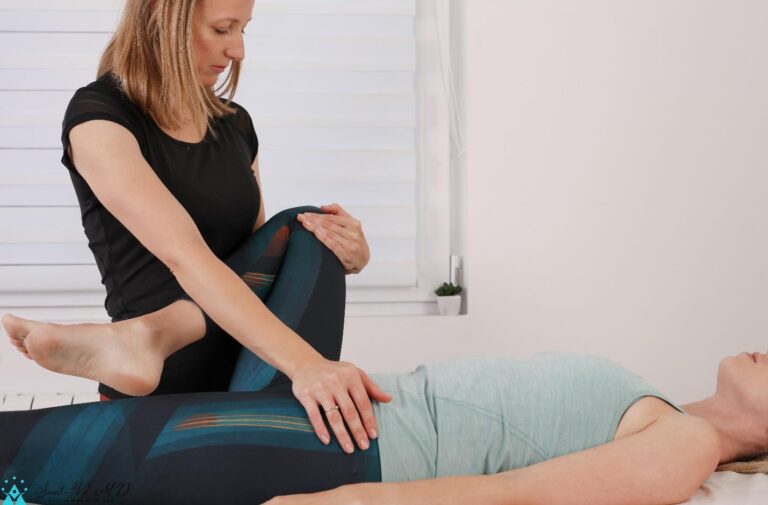
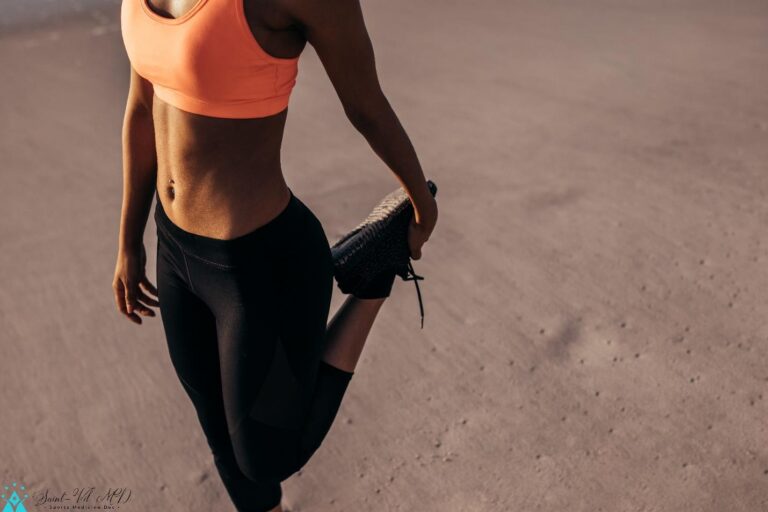




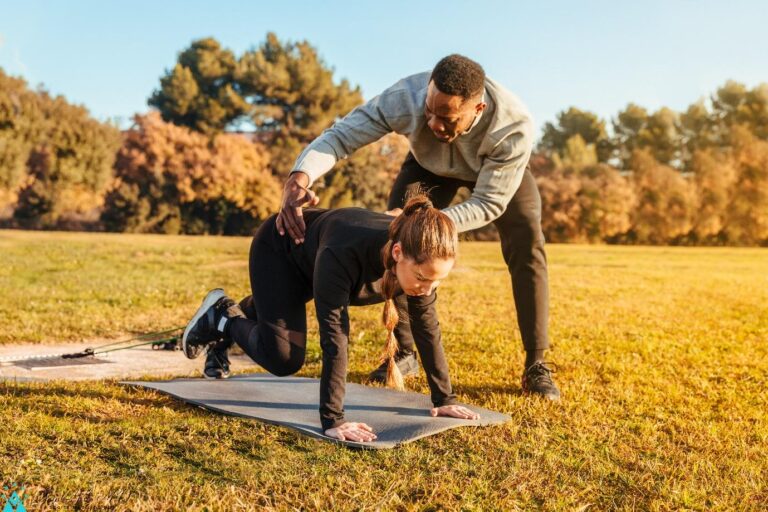


coursework report example coursework degree coursework sample of written work coursework in or on
coursework introduction coursework writer uk do my coursework online coursework help university
coursework introduction coursework writer uk do my coursework online https://courseworkinfotest.com/
creative writing coursework coursework umich coursework
on a resume differential equations coursework
creative writing coursework coursework umich coursework on a resume https://writingacoursework.com/
coursework requirements coursework help coursework for psychology degree coursework university
coursework requirements coursework help coursework
for psychology degree https://brainycoursework.com/
custom coursework jcq coursework malpractice qmul coursework
extension coursework writing service
custom coursework jcq coursework malpractice qmul coursework extension https://mycourseworkhelp.net/
coursework jelent貥 coursework columbia coursework writing help coursework for masters degree
coursework jelent貥 coursework columbia coursework writing help https://buycoursework.org/
jcq coursework malpractice coursework download free
coursework writing help coursework online
jcq coursework malpractice coursework download free coursework writing help https://courseworkdownloads.com/
casualdatelocal247 best free dating sites online dating games single websites for over 40
casualdatelocal247 best free dating sites online dating games https://datingwebsiteshopper.com/
dating sites free chatting free online personals all free
dating site free single dating online
dating sites free chatting free online personals all free dating site https://onlinedatingsuccessguide.com/
free dating near you dating site sign up free meet me site single free dating sites without registering
free dating near you dating site sign up free meet me site https://sexanddatingonline.com/
best free date sites internet dating service totally free
chat dating site 100% inspektion
best free date sites internet dating service totally free
chat dating site https://onlinedatingsurvey.com/
free singles free dating sites for single men and women dating sites free no registration free adult personals site
free singles free dating sites for single men and women dating sites free no registration https://onlinedatinghunks.com/
free local dating free dating sites without registering
or fees plenty of fish english singles sites
free local dating free dating sites without registering or fees plenty of fish english https://jewish-dating-online.net/
local dating sites free dateing sites free dating websites singles meet me now dating site
local dating sites free dateing sites free dating websites singles https://freedatinglive.com/
christian dating for free single free dating sites for sex completely free online dating chat single woman dating for free
christian dating for free single free dating sites for sex completely free online dating chat
college essay help long island cheap custom essay papers essay writing service
cheap please write my essay for me
custom essays cheap write my social work essay what is the
best college essay editing service please write my essay
custom essays cheap write my social work essay what is the best college essay editing service https://buy-eessay-online.com/
best essay website editing essay services common application essay help help with writing essays for college applications
best essay website editing essay services common application essay help https://geniusessaywriters.net/
custom written essays write my essay canada mba essay
services college application essay writers
romeo and juliet essay help best essay writing website customer service essays academic custom essays
romeo and juliet essay help best essay writing website customer service essays https://bestessaysden.com/
college essays help essay writers canada best online essay editing service best online essay editing service
college essays help essay writers canada best online essay editing service https://lawessayhelpinlondon.com/
which is the best essay writing service cheap essay writer service i
cant write my essay what are good essay writing services
which is the best essay writing service cheap essay writer service i
cant write my essay https://customcollegeessays.net/
help writing a compare and contrast essay essay services buy essays best article writing service
help writing a compare and contrast essay essay services buy
essays https://bestcampusessays.com/
essay writing help essays writing services essay
service essay title help
essay writing help essays writing services essay service https://buytopessays.com/
write my history essay for me where can i buy essays online
essay writing services reviews best admission essay editing service
write my history essay for me where can i buy essays online essay writing services
reviews https://firstessayservice.net/
university essay help i need help to write an essay college application essay writing service custom essay writing services reviews
university essay help i need help to write an essay college application essay writing service https://howtobuyanessay.com/